How to fertilize flowers? The correct way to fertilize flowers and nine taboos
Different flowers, different periods, different fertilizers, and different fertilization methods are different. Don't blindly imitate. You should choose fertilizers and fertilization methods according to the conditions of your own flowers and plants. So how to fertilize flowers ? Let's learn about the correct fertilization methods and nine taboos of flowers with the editor below.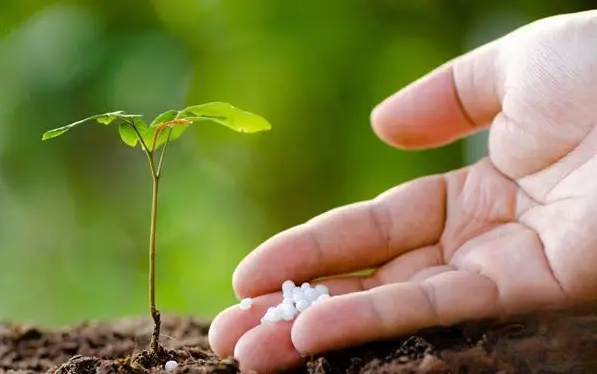
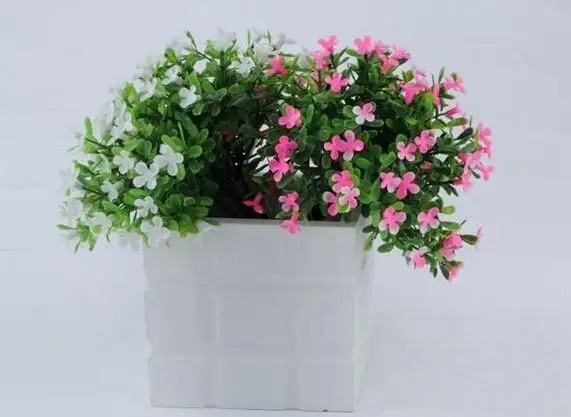
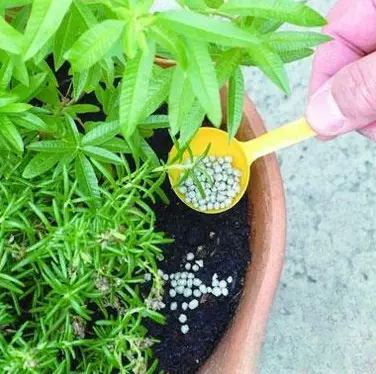
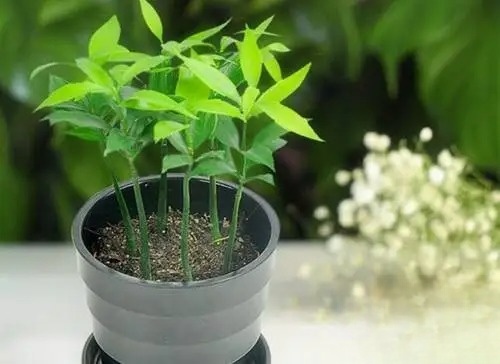
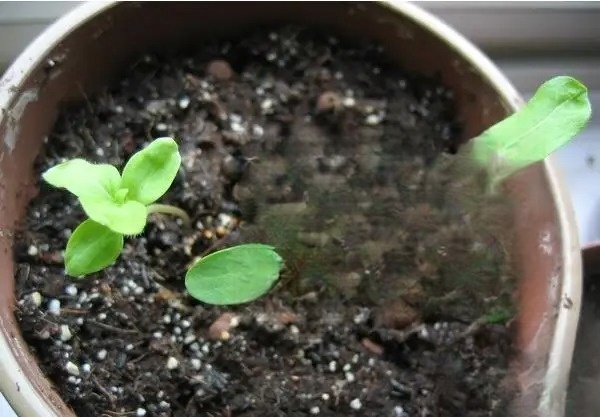
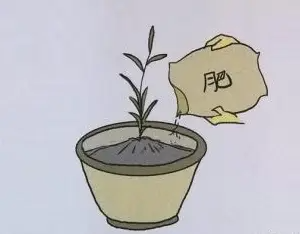 When applying fertilizer, be careful to keep it away from the roots of the plant.
When applying fertilizer, be careful to keep it away from the roots of the plant.
Gardening
Flower Gardening

1. Fertilization method
Next, let’s talk about three methods of fertilizing flowers, namely base fertilizer, top dressing and foliar fertilization.
1. Base fertilizer
There are two ways to apply basal fertilizer:
① During the seedling raising and repotting process, mix the pre-decomposed fertilizer with the culture soil (about 1:9) in a certain proportion and then plant flowers. This can not only improve the physical properties of the soil, but also provide the nutritional needs of flowers throughout the growth period.
② Put a little fertilizer into the bottom of the pot when planting, repotting or turning the pot, such as fish bone meal, bean cake, etc. Generally, it should not exceed 1/10 of the potting soil, and a layer of soil should be covered on top before planting flowers. Do not add too much, organic fertilizer should not exceed 10% of the culture soil, and inorganic fertilizer should not exceed 1%.

2. Topdressing
During the growth and development of flowers, due to the limited potting soil, the base fertilizer loses its fertilizer effect after a long period of time and can no longer provide sufficient nutrition for the plants. At this time, it is necessary to topdress the flowers. Both chemical fertilizers and organic fertilizers are acceptable. When using chemical fertilizers, avoid the branches and stems of the plants and sprinkle them into the potting soil; or dissolve and dilute the fertilizer before watering. Organic fertilizers can be made by soaking bean cakes, sesame paste residues, or water from horseshoe slices, sheep horns, etc., and fermenting them into fertilizer water for application. Fertilizer water is suitable for flower beds or large potted flowers placed outdoors. The concentration should be controlled at a low level. For example, urea and diamine need to be dissolved with 100-1000 times water; the clarified organic fertilizer should be diluted with more than 10 times water before use.
3. Foliar fertilization
Also known as foliar fertilization. Use a sprayer to spray liquid fertilizer on the leaves, and the fertilizer dissolved in water directly enters the plant through the pores and cuticle of the leaves. This method can save plants that are neglected and malnourished in time. It saves fertilizer and has quick results. Generally, inorganic fertilizers are mixed into a concentration of 0.1%~0.5% and sprayed in the morning or evening when there is no wind to make the leaves moist. The most commonly used are urea, potassium dihydrogen phosphate, superphosphate, ferrous sulfate, etc.

2. Nine taboos of flower fertilization
1. No fertilizer during dormancy period
Flowers have slow metabolism and poor photosynthesis during their dormant period. If fertilizer is applied, it will break the dormant state of the flowers and cause the plants to continue growing, which will affect their flowering next year.
2. No fertilizer during the flowering period
For household potted flowers, such as camellia, rose, Chinese rose , carnation and orchid , fertilization should be stopped before the buds open and show color, and phosphorus and potassium fertilizers should not be applied continuously. Fertilization during the flowering period, especially nitrogen fertilizer, will stimulate vegetative growth, increase the respiratory metabolism of new leaves, reduce the nutrients obtained by the flower organs, inhibit growth and development, postpone the flowering period, and cause flower scorch, causing the flowers to wither early and shorten the flowering period.
3. Fertilize on rainy days and at night
In early spring or late autumn, rainy days and nights, the temperature is low, leaf transpiration and root absorption capacity are reduced, fertilizer utilization is low, and fertilizer accumulates in the soil. In addition, waterlogging and air stagnation can easily damage the roots. Therefore, on rainy days with low temperatures or heavy rain, fertilization should be delayed until a sunny day.

4. Do not apply fertilizer to newly planted plants
Newly planted plants have many wounds, and if they are stimulated by external factors, they will cause root rot. (www.)
5. Do not fertilize when the plant is sick or weak
Sick and weak plants have thin branches, poor photosynthesis, slow metabolism, and are "unable to be replenished". If fertilizers are applied casually, it is easy to cause fertilizer damage.
6. No fertilizer in hot weather
In summer and autumn, the sun is hot and the air is dry, and the transpiration is strong. After fertilization, it is easy to cause physiological metabolic disorders in the plant, causing yellowing and wilting of branches and leaves, and flower decay. Therefore, flowers should be watered and fertilized in the morning or afternoon after the high temperature. It is not advisable to fertilize at noon when the sun is hot.

7. Do not apply raw fertilizer
If uncomposted fertilizer is applied, it will not only breed insects and maggots, but also emit foul odors and pollute the environment. Moreover, it will ferment when it comes into contact with water and damage the root system of the plant.
8. Do not apply concentrated fertilizer
When fertilizing potted flowers, the concentration should not be too high or the amount should not be too large, otherwise the flowers will wither and die. It is necessary to follow the principle of "thin fertilizer and frequent application", with three parts fertilizer and seven parts water being appropriate.
9. Apply more than just nitrogen fertilizer
When fertilizing flowers, nitrogen, phosphorus and potassium should be used in combination. It is best to use cake fertilizer, manure, compost, chicken, duck and pigeon manure, bone meal, leaves, wood ash and other farmyard manure as the main fertilizers. If only nitrogen fertilizers are applied, it will easily cause the growth period of branches and leaves to be extended, flowering to be delayed or not occur, or the flowers to be small and light in color.

Flowers should be fertilized at the right time and in the right amount, and the season and time should be mastered. Generally speaking, flowers should be fertilized during their growing season, and more fertilizer is needed during the vigorous growth period; full-vegetable fertilizers should be applied during the seedling stage, phosphorus fertilizers should be applied during the flowering and fruiting period, nitrogen fertilizers should be applied to foliage flowers, and flowers in the dormant period should stop fertilizing. In addition, the principle of "thin fertilizers and frequent application" should be followed, that is, "eat less and eat more meals".
Currently common fertilizers include fertilizers for foliage plants mainly based on nitrogen , and fertilizers for flowers and fruits mainly based on phosphorus and potassium. Different fertilizers have different functions. Flower lovers can choose fertilizers according to different plants. The fertilizer packaging generally carries fertilization methods, which flower lovers can refer to.
How to fertilize flowers, the correct way to fertilize flowers and the nine taboos, I will introduce to you here. I hope it will be helpful to you.